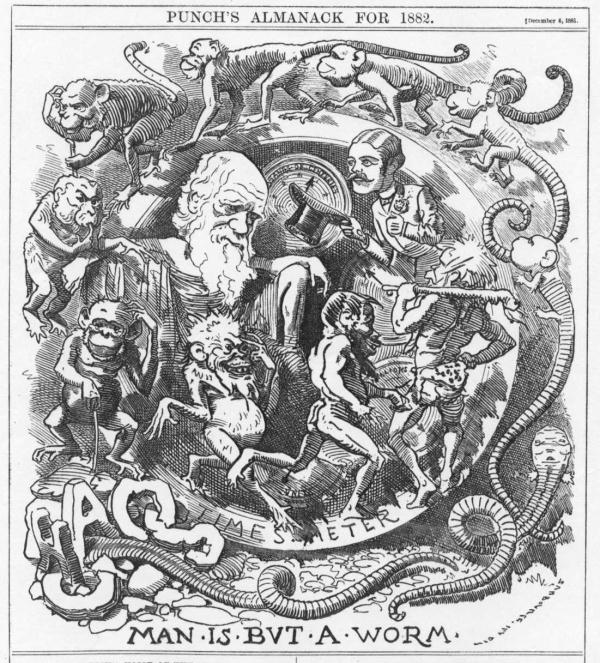Darwin's Wormstone EarthCache
-
Difficulty:
-

-
Terrain:
-

Size:  (not chosen)
(not chosen)
Related Web Page
Please note Use of geocaching.com services is subject to the terms and conditions
in our disclaimer.
An Earthcache examining a slow acting geological process and a
device to measure it. Please note an entrance fee is required to
visit the Earthcache.
The Victorian naturalist Charles Darwin is best known for his
theory of evolution by natural selection, which has transformed our
knowledge of life on the planet. What is less well known is that
Darwin's original interest was Geology, and during his career he
published works on a diverse range of topics including coral reef
structure and the formation of volcanic islands.
Darwin's journey around the world on the HMS Beagle collecting
specimens and making observations of the variations amongst species
was instrumental in the formation of his ideas, but his real
laboratory was his home and garden. It was here that Darwin made
investigations into an easily overlooked geological process: the
action of worms on the geology of the Earth's surface.
Darwin's interest in the action of earthworms was first triggered
by a visit to his uncle, Josiah Wedgwood II in 1837. Whilst
strolling through a field, Wedgwood remarked that 15 years earlier
the surface had been covered with lime, ash and marble, which was
now buried. His uncle stated the belief that earthworms were
responsible. Related correspondence between Wedgwood and Darwin can
be viewed at the Darwin Correspondence
Project.
Darwin later scattered rocks across a meadow to the south east of
Down House, "for the sake of observing at some future period at
what depth it would become buried". Thirty years later Darwin
observed that the rocks had sunken some 18 cm into the ground. This
observation was also made for fallen stones at ancient sites such
as Stonehenge. The following figure is taken from Darwin's
publication on the subject, "The Formation of Vegetable Mould
through the Action of Worms, with Observations on their
Habits"

An elegant apparatus, called the wormstone, was designed and
constructed to aid in the measurement of the sinking of stones
relative to the surface of the ground. It was constructed by laying
a mill stone on the ground and driving metal bars through the hole
in the centre and into the bedrock. The subsidence of the stone
over time relative to the top of the metal bars was measured by a
'Wormograph' (constructed by Darwin's son Horace in 1870 and on
display on the first floor of Down House) that sat on top of the
stone to measure the height difference between the stone and the
rods. The change in the height indicated the action of worms on the
soil between the stone and the bedrock. The wormstone located at
the above coordinates has subsided considerably over the years.
There are conflicting reports whether the stone in place today is a
replica, or the relocated original.
The phenomena of soil mixing by organisms is now known as
bioturbation, and is considered an important process in both
terrestrial and aquatic environments. The action of the organisms
engineers their environment, enhancing their access to nutrients
and changing the microbial flora. Bioturbation may also have played
a key role in the evolutionary "Cambrian explosion" of diversity of
species, as the working of the soil provided new avenues to avoid
predators or chase prey.
To claim this Earthcache you must complete the following
tasks:
1. Approximate the depth the wormstone has sunk from the top of the
metal bars.
2. Approximate the width of the mill stone used in the construction
of this apparatus.
3. In recent years the wormstone has stopped subsiding and is
unlikely to sink further. Please give an explanation for why this
has occurred.
4. Name one animal other than the worm implicated in
bioturbation.
5. (Optional) Take a photo of yourself with your GPS with Down
House in the background and upload it to your log.
Please email me the answers through my profile link prior to
logging the cache.
The Earthcache is located within the grounds of Down House,
protected by designations for landscape and biodiversity, and an
entrance fee is required to visit the property and complete this
cache. Limited parking is available at the listed additional
waypoint and visitors are encouraged to make use of local bus
services. Please see either the Transport for London
website, or the "Directions" tab of the
Visitor Information website.
This Earthcache has been developed and placed with the kind
assistance and permission of English Heritage. Information about
the house and gardens can be obtained from their website www.english-heritage.org.uk/downhouse.

Additional Hints
(Decrypt)
Arne gur purfgahg gerr.